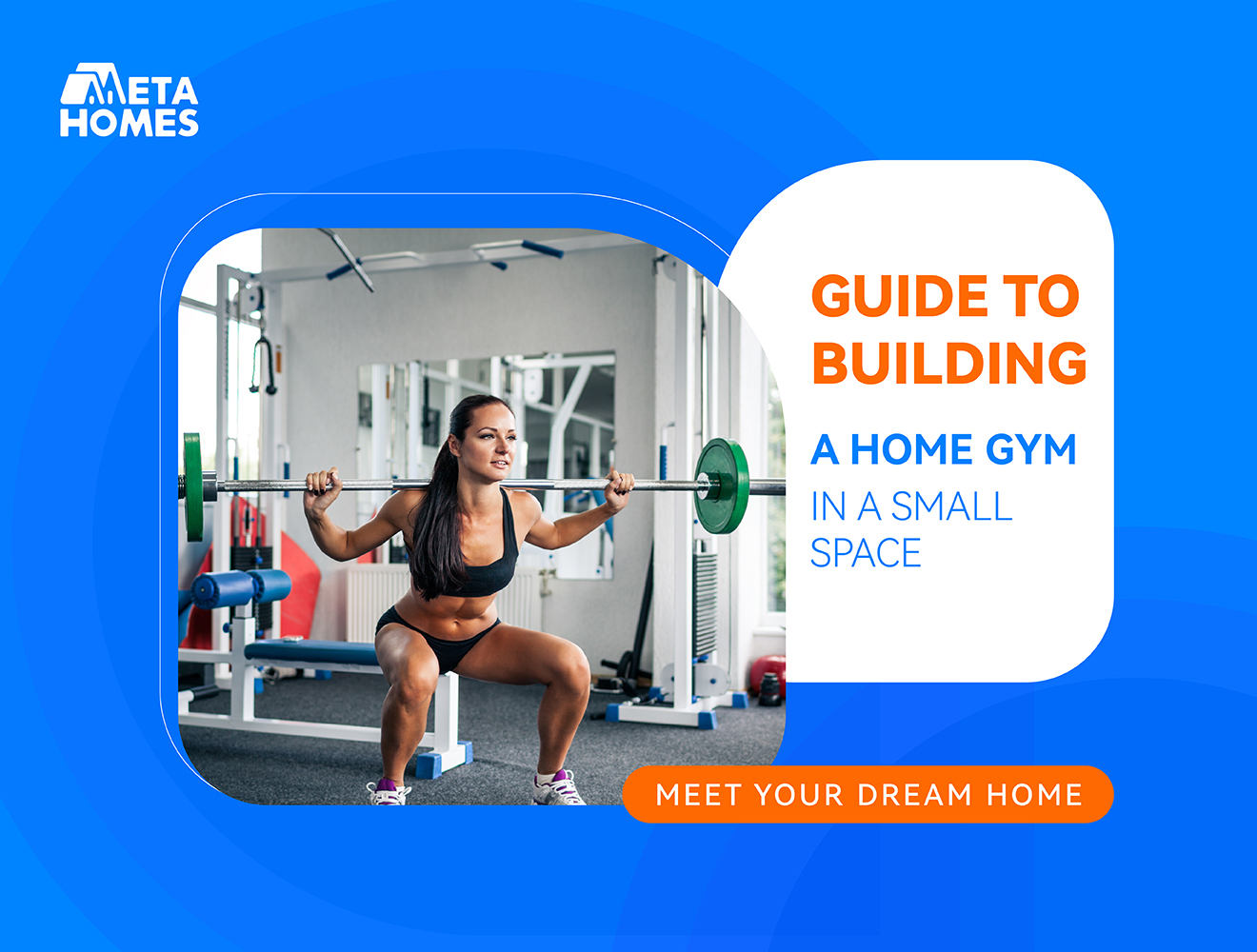
Creating a home gym in a small space is a practical solution for those looking to maintain a fitness routine without the need for a large area or extensive equipment.
Most loving modern living spaces nowadays are often compact, and so maximizing the utility of limited space is not only a way of management or something you do for fun but a necessity.
A well-thought-out home gym can cater to various fitness needs, all within the confines of a small area, if at all you choose the right equipment and have the knowledge to turn the little into greatness. This approach not only saves time and money but also provides the convenience of working out at any time.
Creative Planning for Building A Small Home Gym
Here is the main thing about small homes. Small spaces often require your creative ideas, and careful planning to ensure a setup structure that is rewarding.
The choice of equipment, storage solutions, and the overall layout play crucial roles in building an effective home gym.
It might be a corner of the living room, a section of the bedroom, or even a balcony. With the right setup, any small area can be transformed into a fitness-friendly zone.
Start By Assessing Your Space and Goals
The first step in creating a home gym is assessing the available space and carefully defining your fitness goals. Ask yourself a few questions.
-
What do you want to achieve?
-
How frequently do you plan to exercise?
-
How many people will use the home gym?
-
Do you have kids that can easily get injured by gym equipment?
-
Will you need to constantly take in and out the gym stuff each time you want to work out?
-
What kind of exercises do you want to perform?
-
Is it strength training, cardiovascular fitness, or flexibility?
All of this knowledge and assessment will guide your choice of equipment and layout.
For small spaces, consider versatile equipment that serves multiple purposes. Call it using one stone to kill many birds if you would.
Choosing Multi-Functional and Space-Saving Equipment
The general rule is this: In a small home gym, every piece of equipment should serve more than one function. Here are some key items to consider:
-
Adjustable Dumbbells: These provide a range of weights in one compact package. If your fitness goal is strength training, then this will be a good package, coupled with the fact that it can be easily arranged on a stand.
-
Resistance Bands: They are perfect for strength, flexibility, and rehabilitation exercises.
-
Folding Cardio Equipment: Treadmills, bikes, and rowers that can be folded and stored away are perfect for maintaining space. Consider choosing those when setting up a gym if you have a small home.
-
Wall-mounted Storage: Use shelves, hooks, and racks to store equipment like resistance bands, jump ropes, and yoga mats.
-
Foldable Furniture: If you’re using a shared space, consider foldable benches or mats that can be easily stored.
Efficient Storage Solutions
Storage is crucial in small spaces because it makes the place look organized and clean and reduces the probability of getting injured, especially when there are kids at home.
Wall-mounted racks, shelves, and hooks can help keep equipment organized and off the floor, giving you a more open ground space to do your workout conveniently.
I recommend that you always use a compact storage unit or bench with built-in storage to hide away equipment when not in use.
This will help tidy up your environment and make it easier to transition the area back to its primary function, such as a living room or bedroom if that is what you have.
Creating a Designated Workout Zone
Designating a specific area for workouts helps in maintaining focus and motivation. This can be as simple as laying down a yoga mat or exercise mat to define the space. Good lighting and ventilation are important to create a comfortable and inviting environment.
If possible, position your workout area near a window to take advantage of natural light and fresh air. Mirrors can also be a valuable addition, making the space feel larger and helping you monitor your form during exercises.
Flooring Considerations
Proper flooring is essential for a home gym, especially in small spaces where different types of exercises are performed. Rubber mats or interlocking foam tiles provide cushioning and protect the floor from damage.
These materials are also simple to clean and maintain. Another notable thing about foam tiles is that they are very durable and are good insulators that absorb noise collision between the equipment and the floor, especially if you have neighbors around.
Non-slip surfaces are particularly important to prevent accidents, especially during high-intensity or movement-heavy workouts.
Incorporating Technology
Fitness apps, online training sessions, and virtual classes can provide guidance and motivation. If space allows, setting up a TV or tablet stand can be beneficial for following along with workout videos.
Wearable fitness trackers and smartwatches can also help monitor your progress, set fitness goals, and boost your motivation to continue even when you feel tired. Don’t forget one of the most important aspects – that your workout space has access to power outlets for charging devices.
Conclusion
In essence, building a home gym in a small space is about maximizing functionality and creating a motivating environment. With careful planning and the right equipment, you can enjoy a full workout experience without the need for a large area.
With the right strategy and a touch of creativity, you can set up a highly functional gym that can either be used to build strength, improve cardiovascular health, or increase flexibility.
A well-organized and equipped home gym can be a valuable addition to your home. You just have to be diligent enough with the little you have.



Leave a Reply